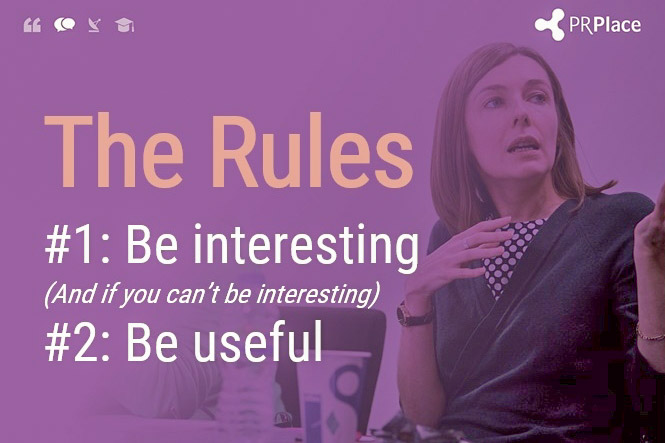Our most visited content in 2018

About the author
Richard Bailey Hon FCIPR is editor of PR Academy's PR Place Insights. He teaches and assesses undergraduate, postgraduate and professional students.

I long ago realised that the golden rule of content can be stated simply in two words: ‘Be interesting’. But I recognised that this sets a high bar, and added a rider: ‘If you can’t be interesting, be useful.’
PR Place has been live for just over a year, so we can call on objective data to assess which of our content has resonated with visitors and subscribers.
We don’t aspire to clickbait popularity. Five of the top seven pages by views (including the top four places) were in our essay series explaining and exploring definitions of and perspectives on public relations.
Coming in at number five was a news feature on the state of public relations education, spurred by the planned closure of the long-running BA Public Relations degree at Bournemouth (public relations will continue to be taught, but within a broader marketing degree).
Our top ranked guest post was by Kay Seago, attacking the ‘PR girl’ stereotype.
Our top rated post based on a CIPR Diploma assignment was by Jennifer Ross.
Then, at number ten, was a commentary piece on Oxfam’s crisis management by Chris Tucker (who also wrote the #3 ranked post on public relations as persuasion).
Our top ten most viewed pages in 2018 were:
- Public relations as communication management
- Public relations as relationship management
- Public relations as persuasion
- Public relations as reputation management
- The state of public relations education
- PR girl stereotype damages all women in PR
- Public relations as strategic management
- How to develop and write a communication strategy
- Learning to speak emoji
- Oxfam: the new classic crisis case study
But we’re more than a site that posts articles. We also have a growing library of guides and toolkits aimed at learners and practitioners. One of the top ten posts linked to one of these guides.
If the essay series was designed to be entry-level (providing a reader to help understand academic arguments), then our three most popular guides suggest more sophisticated requirements. They were:
- Guide to developing and writing a communication strategy
- Guide to storytelling for PR and internal comms
- Guide to stakeholder identification and mapping
The stats don’t lie – but they can be misleading. Posts from earlier in the year will have had longer to gain ‘Google juice’ and benefit from the long tail effect. So more recent posts may be under-represented in this analysis. But it’s a snapshot, and a useful one for validating what we have been doing and helping us plan for the coming year.